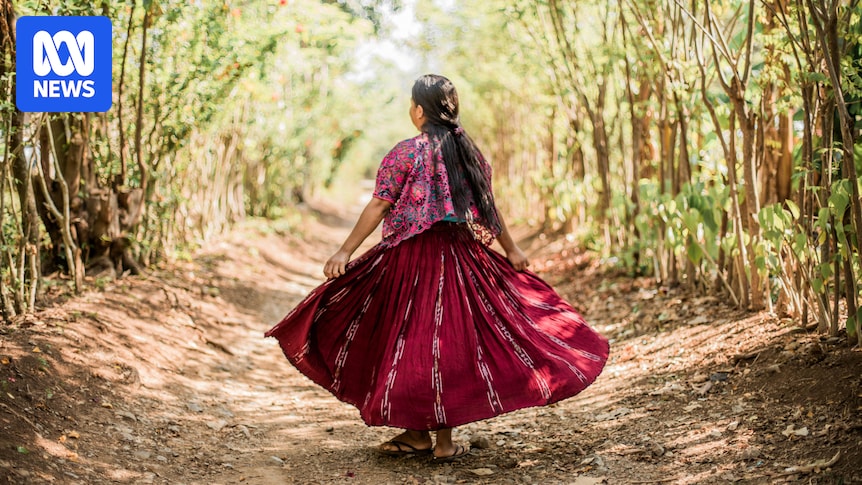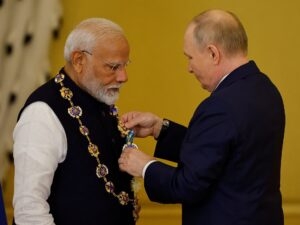
At just 15 years old, Chantha found herself married to a man seven years her senior. Their relationship began on Facebook when she was 14, shortly after she got her first mobile phone. Initially, Chantha believed that an older husband could provide her with a better life. Now, she lives with him and their five-month-old daughter in rural Cambodia.
“Before I got married, there were many things to enjoy, no need to think a lot,” Chantha said, reflecting on her past. “But after I got married, I need to think about work, my daughter, so on and on.”
Chantha’s story is one of 251 shared by girls in a new report from NGO Plan International. The 2025 State of the World’s Girls report, titled ‘Let me be a child, not a wife,’ examines child marriages across Asia, Africa, and Latin America. Despite choosing her partner through modern technology, Chantha’s situation mirrors traditional child marriages, offering an escape from poverty and social disadvantage.
Global Child Marriage Statistics
The report reveals that nearly half of the interviewed girls married men at least five years older, with some partners being 10 or 20 years older. Globally, around 12 million girls are married before their 18th birthday each year, though this varies significantly by region.
About 12 million girls are married each year before their 18th birthday globally.
Child marriage not only increases the risk of intimate partner violence but also deprives girls of education, employment opportunities, and autonomy over family planning, further entrenching them in poverty.
The Role of Social Media in Child Marriages
According to Susanne Legena, CEO of Plan International Australia, social media and “digital connections” are exposing girls to new risks of child marriage. This trend is likely to exacerbate the issue. Samia Khan Priya, executive director of KaathPencil in Bangladesh, has observed similar patterns in her community, where online interactions often lead to child marriages.
“Parents often encourage their children to use social media, unaware of the potential consequences,” Ms. Samia explained. “They want them to engage and learn but fear the shame a child can bring if they enter a relationship and run away with a partner.”
Technology, while offering new avenues for connection, perpetuates the historic problem of child marriage. Many girls from impoverished backgrounds with limited education and employment prospects see marriage as their only viable option. Social media can create the illusion of choice, but it also exposes them to older men who exploit their vulnerabilities.
Addressing the Crisis: Education and Empowerment
During a visit to a Cambodian village, Ms. Legena met a 21-year-old teacher pressured to marry since she was 15. Despite societal expectations, she became a beacon of hope, demonstrating the possibilities when girls complete their education and make independent choices.
Breaking the cycle of child marriage requires a multifaceted approach. Digital literacy must be integrated into girls’ education to help them identify online grooming. Additionally, efforts should focus on changing community and parental attitudes that limit girls’ roles to wives and mothers.
Girls must also be empowered to understand their rights and challenge stereotypes. This empowerment can enable them to become leaders and role models for others. Ms. Samia emphasized the importance of age-appropriate media content to help young people navigate online relationships and expectations.
“Girls need to understand their rights and feel empowered to speak up, challenge stereotypes, and become leaders.”
As the world becomes increasingly digital, addressing the risks associated with online interactions is crucial in the fight against child marriage. By promoting education, empowerment, and digital literacy, communities can help protect future generations from the cycle of poverty and disadvantage perpetuated by child marriage.






